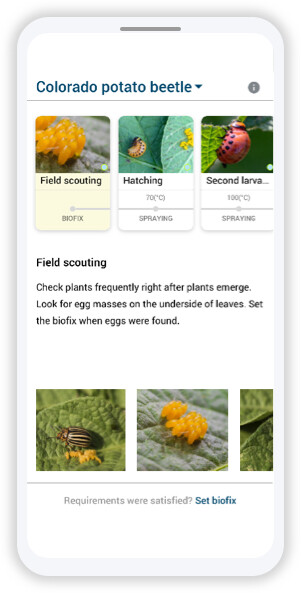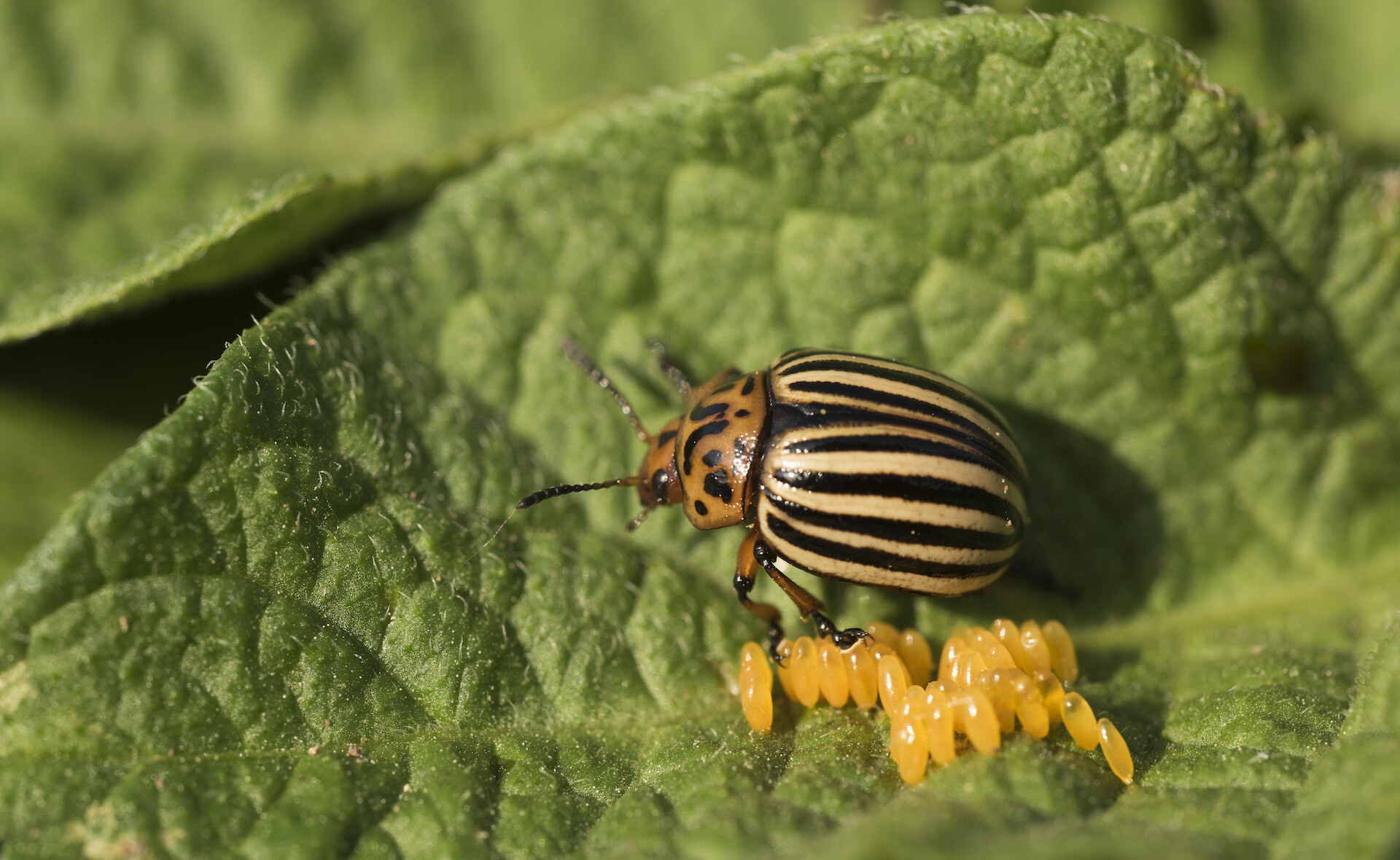How to scout for colorado potato beetle in potato fields
The Colorado potato beetle is a pest that can destroy potato, eggplant, and pepper crops. If it is not controlled, the beetle will reproduce rapidly and cause damage to the plants. The life cycle of the potato beetle can be predicted by using a weather-based model. It is essential to know the vulnerable period of the pest to determine when it is time to spray. This can help in controlling the pest population and reducing pesticide use.
Colorado potato beetle’s growing degree days model
The life cycle of this pest can be predicted by using weather-based models. This model predicts the optimal time to apply pesticide treatments.
Scouters need to check plants frequently right after plants emerge. Look for egg masses on the underside of the leaves. Set the biofix when eggs were found.
Female adults produce hundreds of eggs each year. The eggs are usually bright yellow to orange and typically found in clusters of ten to thirty on the underside of leaves. The model estimates when frequent scouting needs to be started to find signs of the eggs’ presence. Growers are notified and asked to confirm the eggs’ presence to start the life-cycle tracking.
The larvae should hatch from the eggs in 4-9 days, depending upon the temperature of the air. After this, they will molt three times before they pupate. These immature phases are called instars, and there are a total of 4. Biological treatment is effective against the first-stage larvae, and chemical spraying should be timed to the emergence of later stages. The number of pest generations in one season is also weather-dependent, and the model will estimate it for you, too.

Summary
Monitoring GDD helps eliminate the guesswork in determining the time required for control measures. Download Agrio today and make it your growing degree days app. We look forward to seeing you leverage this technology for intelligent and effective pest management in your field.
In the meantime, as always, we wish you an abundant harvest.
